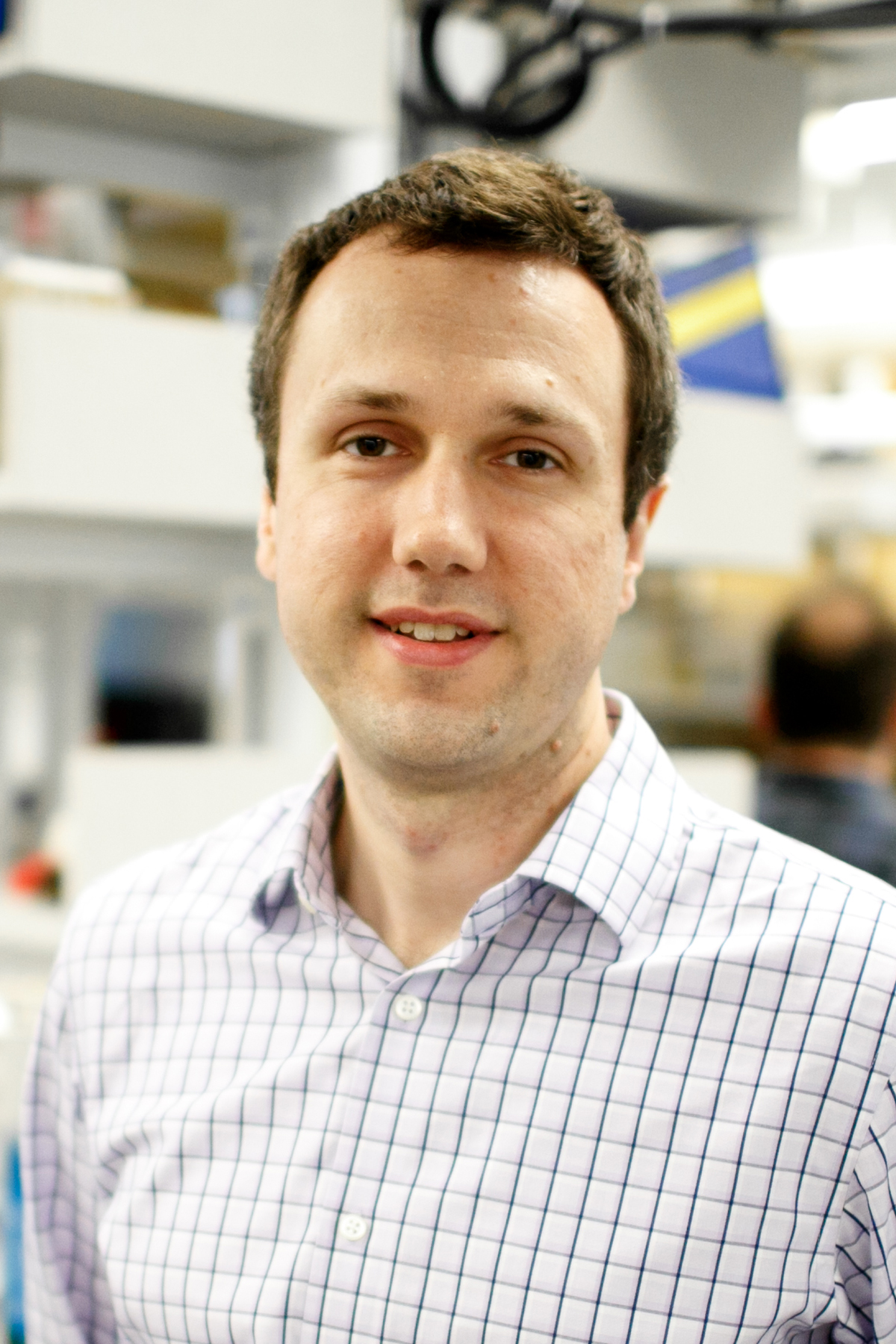Christopher Harvey, 2014

Who he is
Christopher Harvey is a Professor in the Department of Neurobiology at Harvard Medical School. He did his graduate work at Cold Spring Harbor Lab and the Janelia Research Campus of HHMI with Karel Svoboda. He developed fluorescence sensors of kinase activity and studied the spatial and temporal profiles of signal transduction at synapses of hippocampal neurons. He then did his postdoctoral research at Princeton University with David Tank. During his postdoctoral work, he helped develop a virtual reality system for mice and used this system to reveal intracellular mechanisms of spatial coding and neural population dynamics for navigational decision-making. He joined the Department of Neurobiology at Harvard Medical School in 2012.
What he does
Christopher Harvey’s research studies the neurobiology of navigation with a focus on how brain circuits make decisions about navigational goals and plan navigational routes to reach those goals. His lab integrates investigations at various levels of nervous system function toward a mechanistic and computational understanding of navigation. His research identifies molecular cell types that mediate navigation computations, discovers how these cell types interact to form connectivity motifs, reveals how information flows between brain areas, and uses these experimental data to build computational models of brain function.
His research has contributed to the development of methods to measure, manipulate, and analyze neural circuits across spatial and temporal scales. These methods include technologies for virtual reality, imaging, optogenetics, intracellular electrophysiology, molecular sensors, and computational modeling.
The long-term goal of Christopher Harvey’s research is to develop a mechanistic understanding of the brain functions that underlie cognition and intelligence at the level of the building blocks of the nervous system: cell types and connectivity motifs.
News from the Lab
Research from Christopher Harvey’s lab has discovered a network of brain areas that mediates decision-making and planning during navigation. This network includes a central role for the posterior parietal cortex. His work has revealed how molecular cell types contribute to computations for navigation, including an inhibitory neuron type that signals navigational errors and course corrections. Furthermore, his research has identified synaptic connectivity motifs in the posterior parietal cortex that support navigational decision-making. Together, recent work from the Harvey lab is developing a conceptual foundation for how navigation arises from cell types, microcircuit connections within brain areas, and brain-wide network dynamics. In addition, this work is establishing technical approaches to uncover the neurobiological mechanisms of complex processes contributing to cognition and intelligence.


